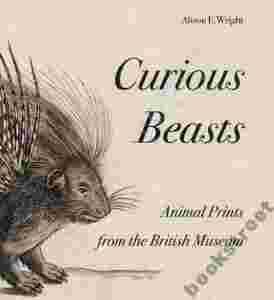|
The Camelopard, The Monstrous Pig, The Famous
Porcupine, Dürers Rhinoceros: these are but a few of the
beautiful and bizarre creatures that feature in this
delightful book. In the visual arts of the fifteenth to
the early nineteenth centuries in Europe, animals were
understood in relation to the human world, whether as
animals of the farm, estate or household, beasts of
burden or as diversions in menageries and travelling
shows. At the same time, rapidly increasing
investigation of the natural world engaged artists in
the problems of accurate representation: prints were
particularly important in distributing natural
historical information (or misinformation) across a
wide, international audience. This beautifully
illustrated book explores perceptions of the natural
world as seen through the eyes of imaginative artists:
works by Goya, Stubbs and Bewick stand alongside prints
by lesser-known artists, each selected for its graphic
strength, charm and narrative interest. Featured are
natural history studies, masterpieces from the British
Museum's exceptional collection of classical old master
prints, book illustrations, satires and popular prints
to beautifully capture the diversity and appeal of early
modern print culture. Visually stunning, entertaining
and intriguing, this book explores humankinds enduring
curiosity about the animal world.
|
|

